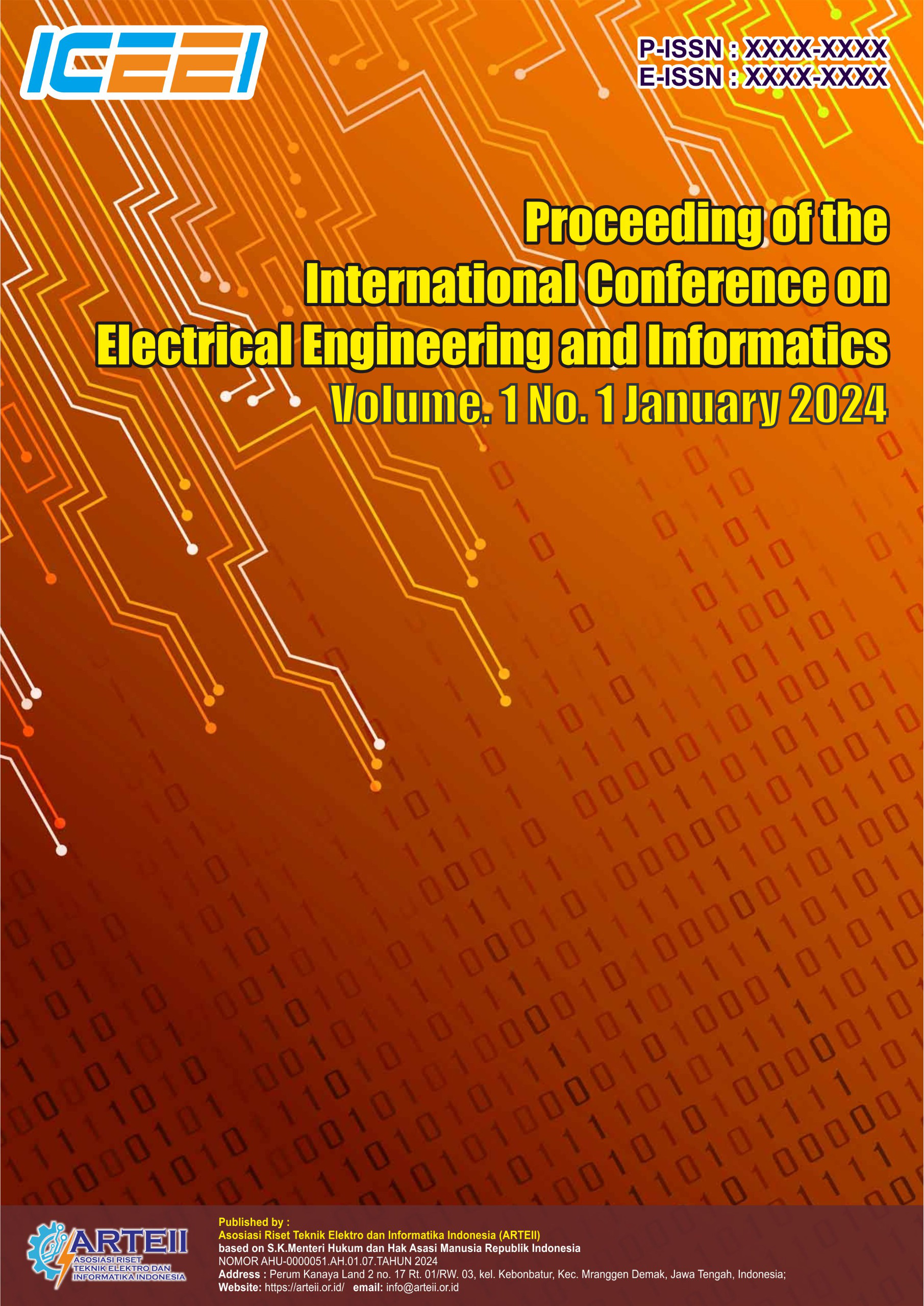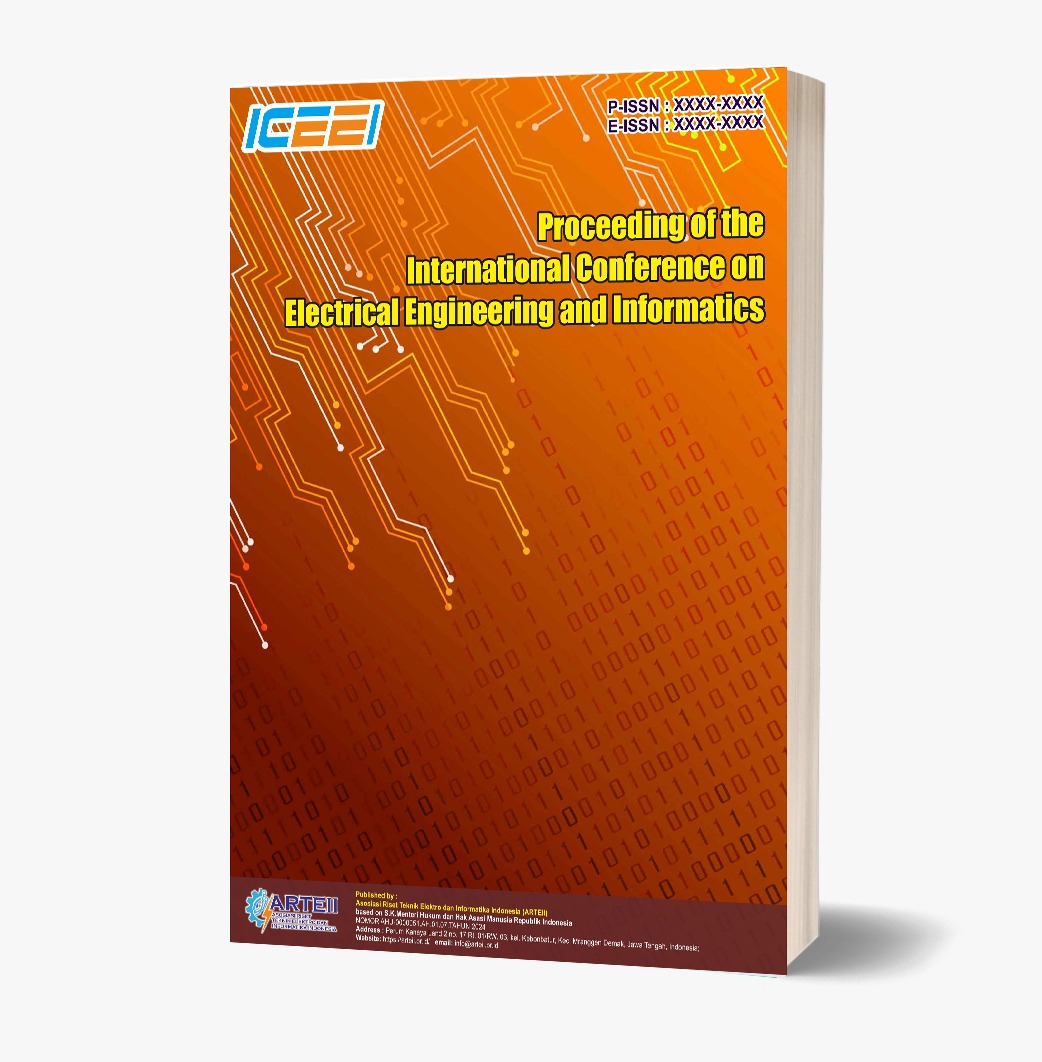An Enhancement of Cuckoo Search Algorithm for Optimal Earthquake Evacuation Space Allocation in Intramuros, Manila City
Keywords:
cuckoo search algorithm, sobol sequence, cosine annealing, location-allocation, intramurosAbstract
The Cuckoo Search Algorithm (CSA), while effective in solving complex optimization problems, faces limitations in random population initialization and reliance on fixed parameters. Random initialization of the population often results in clustered solutions, resulting in uneven exploration of the search space and hindering effective global optimization. Furthermore, the use of fixed values for discovery rate and step size creates a trade-off between solution accuracy and convergence speed. To address these limitations, an Enhanced Cuckoo Search Algorithm (ECSA) is proposed. This algorithm utilizes the Sobol Sequence to generate a more uniformly distributed initial population and incorporates Cosine Annealing with Warm Restarts to dynamically adjust the parameters. The performance of the algorithms was evaluated on 13 benchmark functions (7 unimodal, 6 multimodal). Statistical analyses were conducted to determine the significance and consistency of the results. The ECSA outperforms the CSA in 11 out of 13 benchmark functions with a mean fitness improvement of 30% across all functions, achieving 35% for unimodal functions and 24% for multimodal functions. The enhanced algorithm demonstrated increased convergence efficiency, indicating its superiority to the CSA in solving a variety of optimization problems. The ECSA is subsequently applied to optimize earthquake evacuation space allocation in Intramuros, Manila.
References
Azarmand, Z., & Neishabouri, E. (2009). Location allocation problem. In R. Zanjirani Farahani & M. Hekmatfar (Eds.), Facility location: Concepts, models, algorithms and case studies (pp. 93–109). Physica-Verlag HD. https://doi.org/10.1007/978-3-7908-2151-2_5
Bae, J., Kim, M.-K., Yoo, S., Heo, J., & Sohn, H.-G. (2019). Shelter location-allocation for tsunami using floating population and genetic algorithm. Journal of the Korean Society of Surveying, Geodesy, Photogrammetry and Cartography, 37(3), 157–165. https://doi.org/10.7848/ksgpc.2019.37.3.157
Coelho, L. dos S., & Mariani, V. C. (2008). Use of chaotic sequences in a biologically inspired algorithm for engineering design optimization. Expert Systems with Applications, 34(3), 1905–1913. https://doi.org/10.1016/j.eswa.2007.02.002
Gao, S., Gao, Y., Zhang, Y., & Li, T. (2021). Adaptive cuckoo algorithm with multiple search strategies. Applied Soft Computing, 106, 107181. https://doi.org/10.1016/j.asoc.2021.107181
Hu, F., Xu, W., & Li, X. (2012). A modified particle swarm optimization algorithm for optimal allocation of earthquake emergency shelters. International Journal of Geographical Information Science, 26(9), 1643–1666. https://doi.org/10.1080/13658816.2011.643802
Li, Q., Liu, S.-Y., & Yang, X.-S. (2020). Influence of initialization on the performance of metaheuristic optimizers. Applied Soft Computing, 91, 106193. https://doi.org/10.1016/j.asoc.2020.106193
Maaranen, H., Miettinen, K., & Mäkelä, M. M. (2004). Quasi-random initial population for genetic algorithms. Computers & Mathematics with Applications, 47(12), 1885–1895. https://doi.org/10.1016/j.camwa.2003.07.011
Meng, X., Chang, J., Wang, X., & Wang, Y. (2019). Multi-objective hydropower station operation using an improved cuckoo search algorithm. Energy, 168, 425–439. https://doi.org/10.1016/j.energy.2018.11.096
Roy, S., & Sinha Chaudhuri, S. (2013). Cuckoo search algorithm using Lèvy flight: A review. International Journal of Modern Education and Computer Science, 5(12), 10–15. https://doi.org/10.5815/ijmecs.2013.12.02
Salgotra, R., Singh, U., & Saha, S. (2018). New cuckoo search algorithms with enhanced exploration and exploitation properties. Expert Systems with Applications, 95, 384–420. https://doi.org/10.1016/j.eswa.2017.11.044
Santos, C. A. G., Freire, P. K. M. M., & Mishra, S. K. (2012). Cuckoo search via Lévy flights for optimization of a physically-based runoff-erosion model. Journal of Urban and Environmental Engineering, 6(2), 123–131.
Savine, A. (2018, December 28). Sobol sequence explained by Antoine Savine. Medium. https://medium.com/@antoine_savine/sobol-sequence-explained-188f422b246b
Sirsant, S., & Reddy, M. J. (2022). Improved MOSADE algorithm incorporating Sobol sequences for multi-objective design of water distribution networks. Applied Soft Computing, 120, 108682. https://doi.org/10.1016/j.asoc.2022.108682
Sun, Y. (2024). Application of the improved cuckoo algorithm in differential equations. Mathematics, 12(2), Article 2. https://doi.org/10.3390/math12020345
Valian, E., Mohanna, S., & Tavakoli, S. (2011). Improved cuckoo search algorithm for global optimization. International Journal of Communications and Information Technology, 1(1). https://doi.org/10.22111/cit.2011.91
Yang, X.-S., & Deb, S. (2009). Cuckoo search via Lévy flights. 2009 World Congress on Nature & Biologically Inspired Computing (NaBIC), 210–214. https://doi.org/10.1109/NABIC.2009.5393690
Yang, X.-S., & Deb, S. (2013). Multiobjective cuckoo search for design optimization. Computers & Operations Research, 40(6), 1616–1624. https://doi.org/10.1016/j.cor.2011.09.026
Yin, Y., Zhao, X., & Lv, W. (2023). Emergency shelter allocation planning technology for large-scale evacuation based on quantum genetic algorithm. Frontiers in Public Health, 10, 1098675. https://doi.org/10.3389/fpubh.2022.1098675
Zhang, L., Yu, Y., Luo, Y., & Zhang, S. (2020). Improved cuckoo search algorithm and its application to permutation flow shop scheduling problem. Journal of Algorithms & Computational Technology, 14, 1748302620962403. https://doi.org/10.1177/1748302620962403






